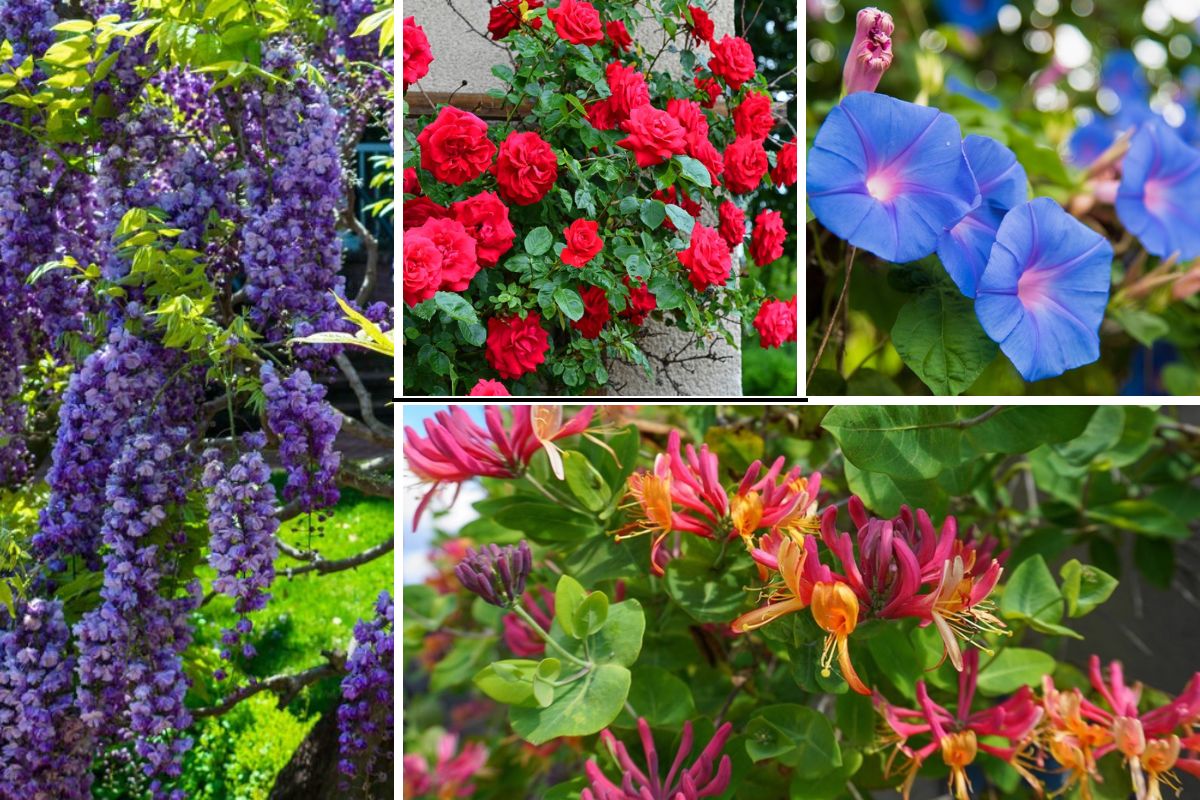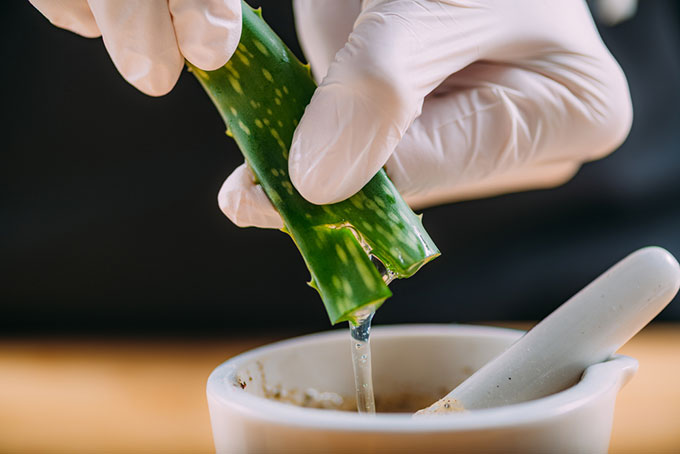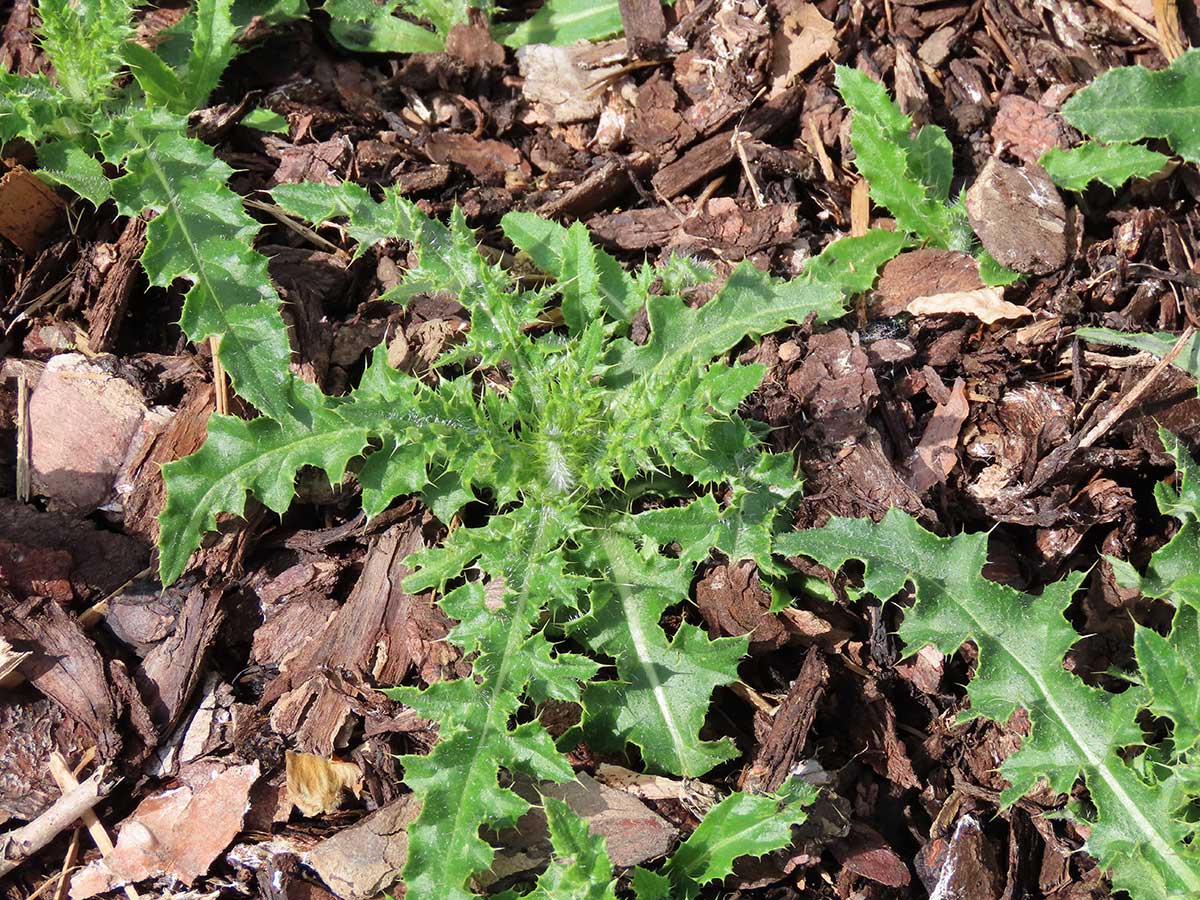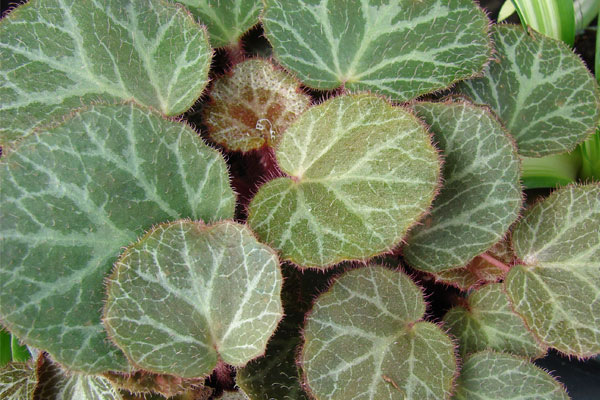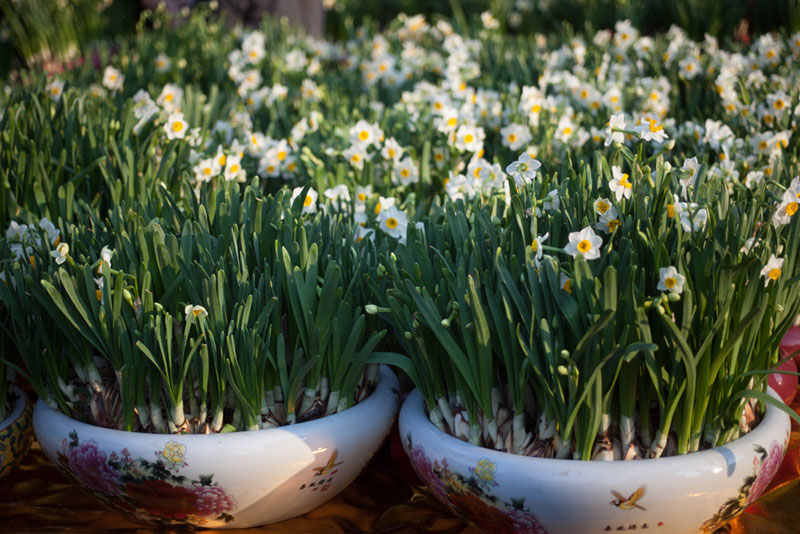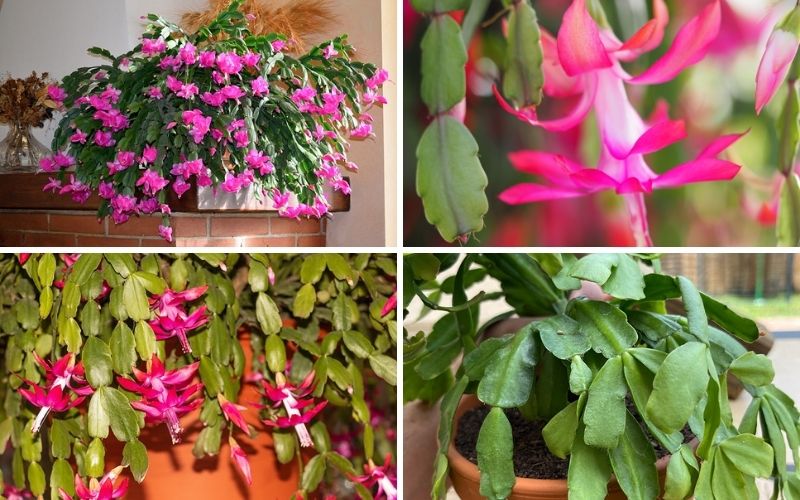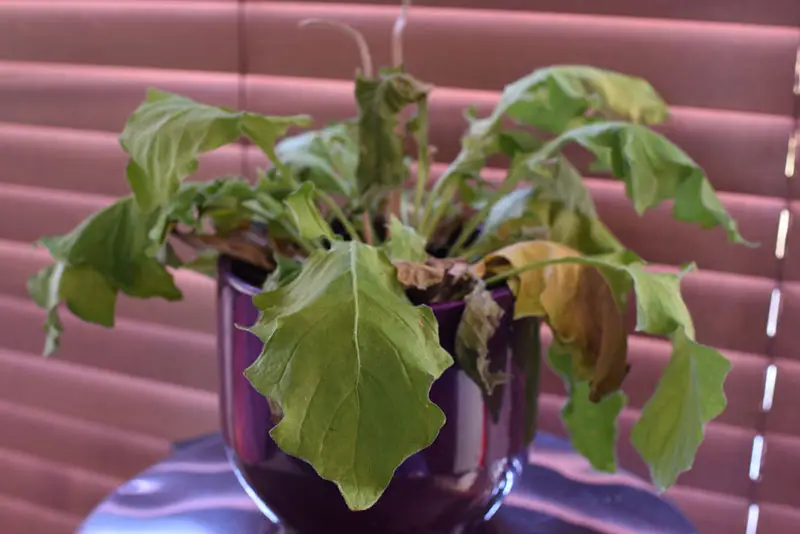
Houseplants bring a little fresh oxygen and color to a home and can be fun to take care of even as a beginner. However, many plant owners find their beloved growths slowly dying and feel unable to stop it. Thankfully, it is surprisingly simple to understand the various causes of plant death and use the symptoms to figure out what is happening. And plant owners can even reverse course and save their plant’s life.
Cause of a Dying Houseplant
Houseplants are typically quite hardy when adequately cared for but can run into issues that may cause them injury and even death. Thankfully, plants take a while to die and should be caught quite easily with minimal difficulties. Just a few problems that may be causing houseplants to die include the following common issues (some of which may be caused by a well-meaning owner):
- Overwatering – Some plant owners don’t understand that too much water can drown a plant and may end up adding far too much water, causing it to die slowly.
- Underwatering – Infrequent watering may damage a plant by starving it of the critical water that it needs to grow and be healthy, especially if you’ve beena way from home for awhile.
- Root Rot – A common disease that occurs when the soil around a plant doesn’t have enough oxygen for the roots, causing them to rot and slowly kill the plant.
- Fungus – If mold or other types of fungal diseases grow on a plant’s surface, it may end up suffering and die due to nutrient stripping and other health problems.
- Starvation – Plants need nutrients from the soil along with water, and if the earth doesn’t have enough nutrients, it may start to starve, like an animal would, and end up dying.
- Shock – Plants are living creatures, a fact that many people forget. As a result, they may put their plant in shock by moving them into new places too quickly.
- Small Pot – As plants grow, they need more space to spread out their roots. Owners who don’t swap out the pot in which they live may end up finding their plants dying as a result.
These problems are just the tip of the iceberg when it comes to what can kill a houseplant. For example, they may experience spider mites, scale infestation, poor light distribution, mildew, various types of flies, and much more. One of the most challenging things about this issue is that many multiple concerns may be at play, requiring homeowners to watch for symptoms that may indicate a deeper cause.
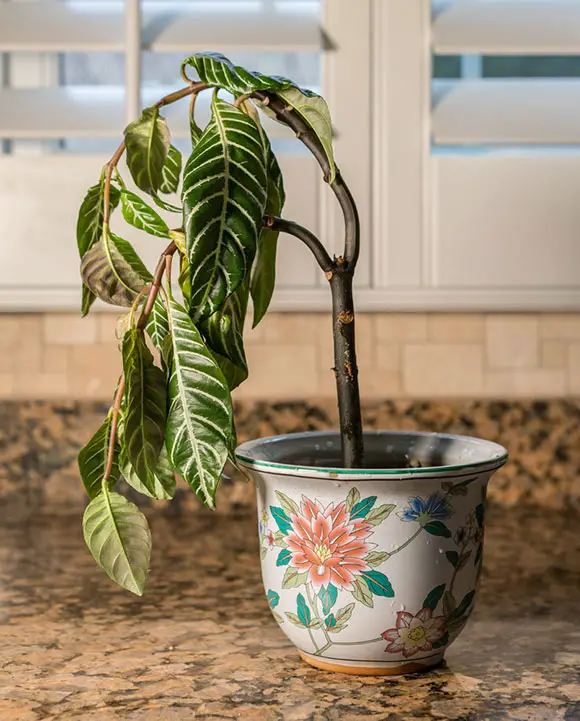
The Symptoms of a Dying Houseplant
Plant owners can carefully inspect their plants to watch for symptoms of its potential death. Remember – your plant is dying and is not dead yet. Like any living creature, there is always a chance to save it with the proper steps. Before you try changing anything, though, you need to understand what symptoms pair with what problem. Common symptoms of a dying plant include:
- No Flowering – This symptom usually occurs if you aren’t providing your houseplants with enough sunlight every day. All plants have a specific sunlight need, often needing as much as 12-14 hours of daylight, whether direct, indirect, or even wholly or partially shaded.
- Yellow Leaves – When your plants develop yellow leaves, there is a good chance that there is a water-based issue. Overwatering problems typically cause this concern, though low humidity in the air may also cause watering. Some plants may even yellow due to colder temperatures.
- Wilting Plant – If your plant is wilting or shrinking, and you aren’t sure what is wrong, you have either added too much or too little water. You’ll probably know based on the soil – if it is not just damp but has water on the surface, it is too wet. When the soil is dry, there is too little water.
- Crispy Leaves – If the leaves of your plants feel crispy or “burned,” you may have them in sunlight that is too strong. Some plants need indirect light, and direct UV rays may burn them. However, you may also be giving your plant too much fertilizer and causing it to suffer as a result.
- Spots on the Stem – Your plant stems should be a singular color for most species, but if they seem discolored or spotty, there may be a fungal or bacterial infection on your plant. This problem rapidly spreads from the roots up and can cause many health problems with the plant.
Other symptoms that may affect a houseplant include spots on the leaves (fungus), yellow leaf tips (anthracnose), white powder on the leaves (mildew), brown or black roots (overwatering), and short leaf growths (stunting caused by infections). Thankfully, your houseplant can bounce back from all of these problems with just a few carefully-applied treatments.
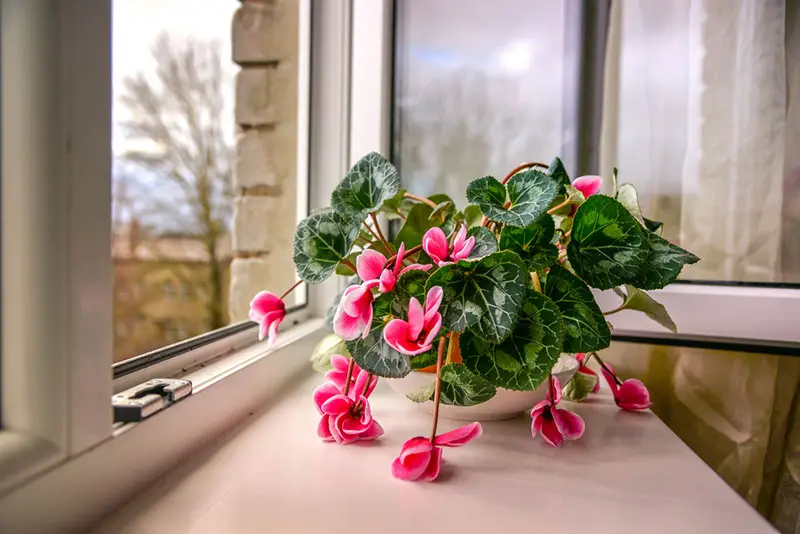
Saving a Houseplant is Possible
A houseplant that is slowly dying can be revived as long as you take immediate steps to address what is causing its failing health. Most of these steps are quite simple and are things that even beginning plant owners can handle with little difficulty. After you have identified what is causing your plant’s death, turn to these steps to nurse it back to life and ensure that it is entirely healthy:
- Trim Away Dead Areas – By eliminating dying areas from your plant (such as leaves and even some small branches), you can remove any potential disease and allow them to recover. Cut back on the stem until you see green inside. At this point, the branch is alive.
- Repot the Plant – Remove your plant and put it in a new pot with fresh soil. This step helps manage rot root by removing it from overwatered dirt and brings more nutrients to the roots. And it also helps to manage crowding problems that occur on many growing plants.
- Change the Sunlight – Research what level of light your plants need and change your plant’s positioning to reflect that need. If necessary, you can purchase a UV light to provide proper exposure levels, mainly if your plants are not near windows to get sunlight.
- Fertilize Your Soil – Test your soil’s nutrients level and add a little fertilizer to boost the necessary nutrient levels. Interestingly, you can also add a few tea bags into your potting soil to provide a surprising boost of nutrients, though this shouldn’t replace fertilization.
- Follow a Better Watering Schedule – Pay attention to your plant’s water needs by reading about its species and changing how much you water based on this information. Typically, if the soil is damp but not soaked, your soil is fine. Check the earth every day and only water when it is dry.
You may also need to add a humidifier or dehumidifier to your home if your humidity levels aren’t properly balanced.
As for pest control, it is crucial to identify the type of pest and find a pesticide that properly works for your needs. There are various types of soaps that you can scrub on the plants to kill spider mites, fungus, and other types of potentially destructive pests.

